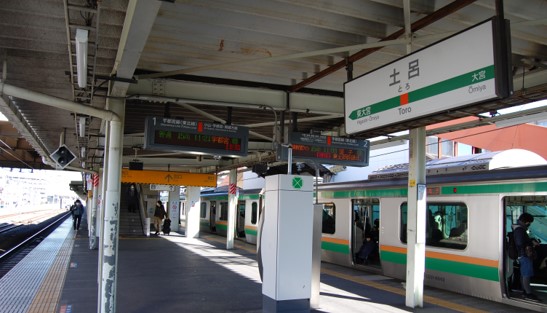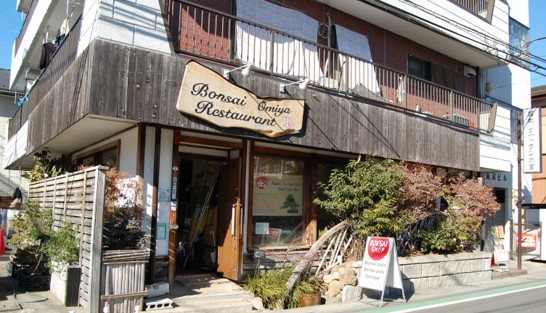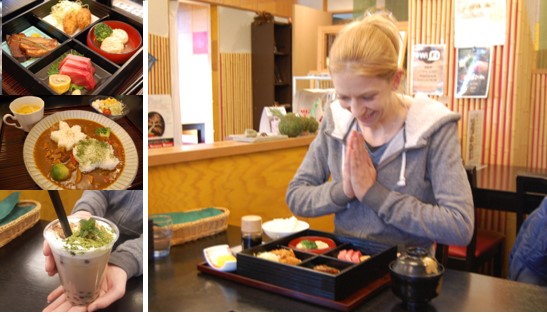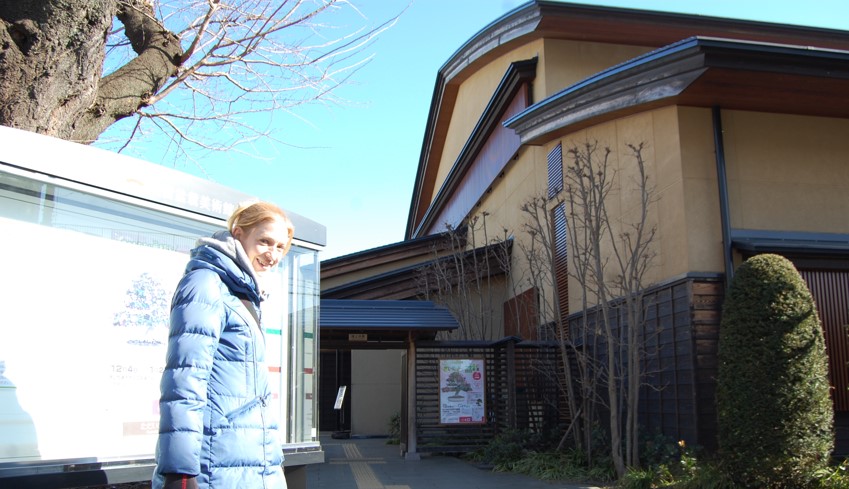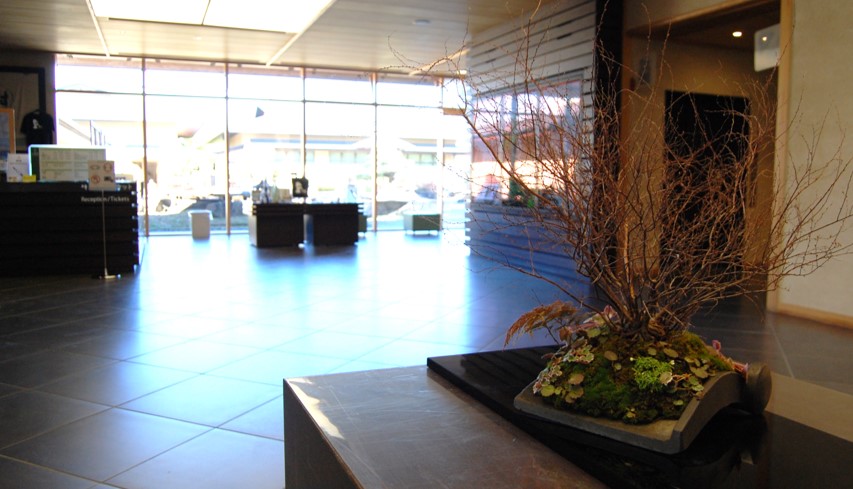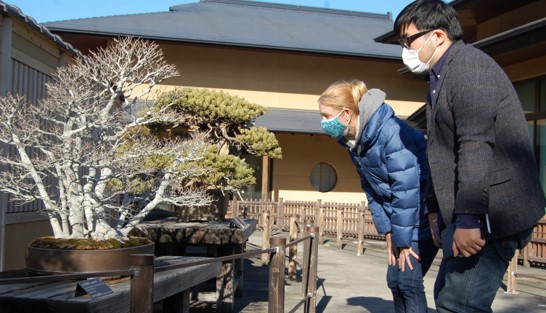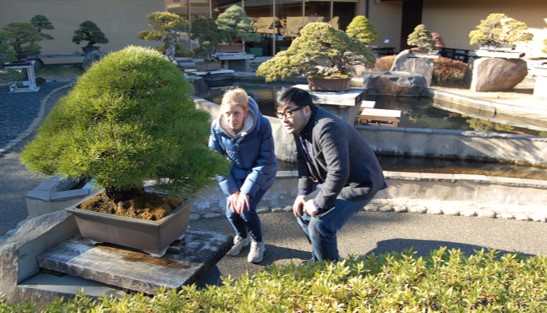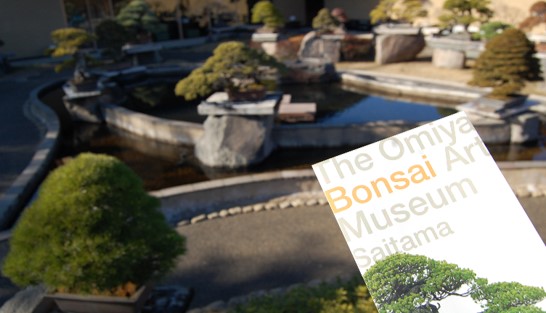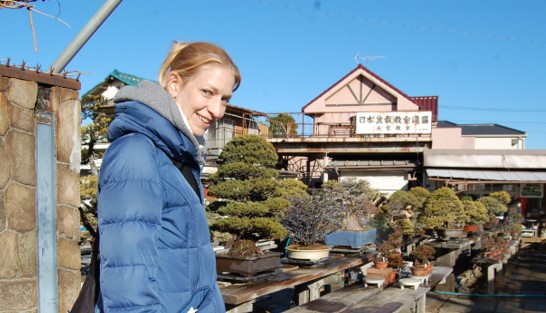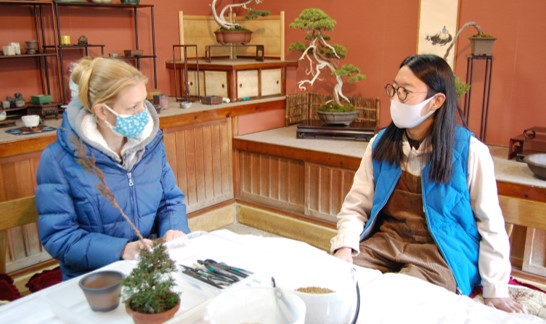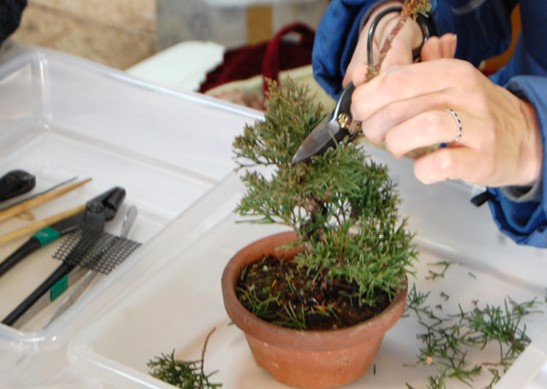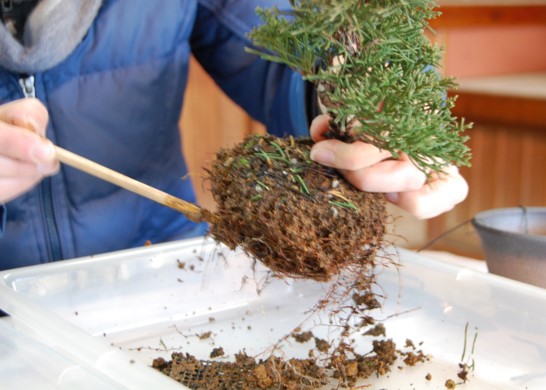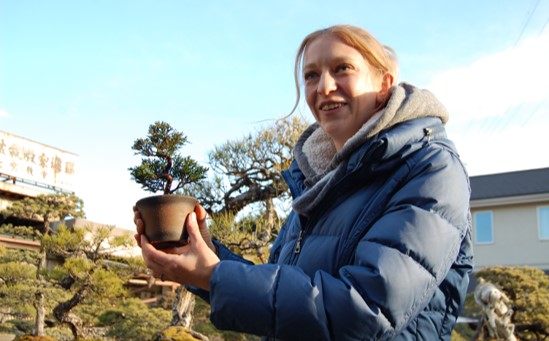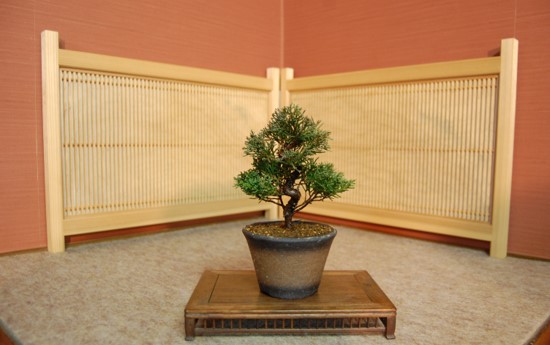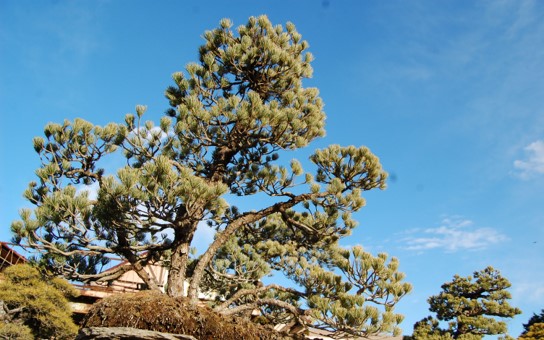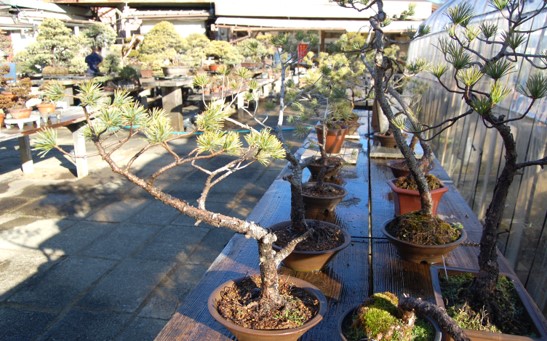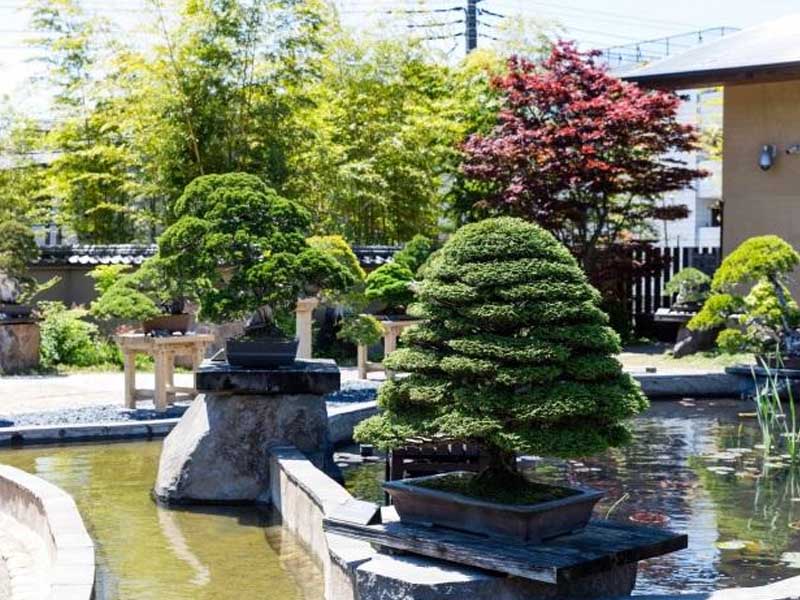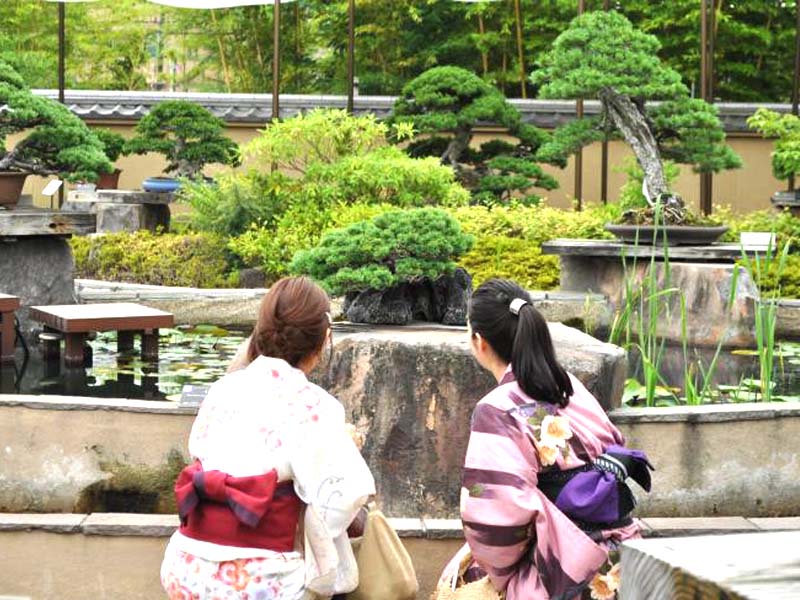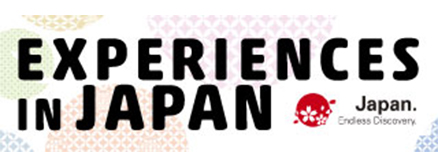Exploring the Art of Bonsai
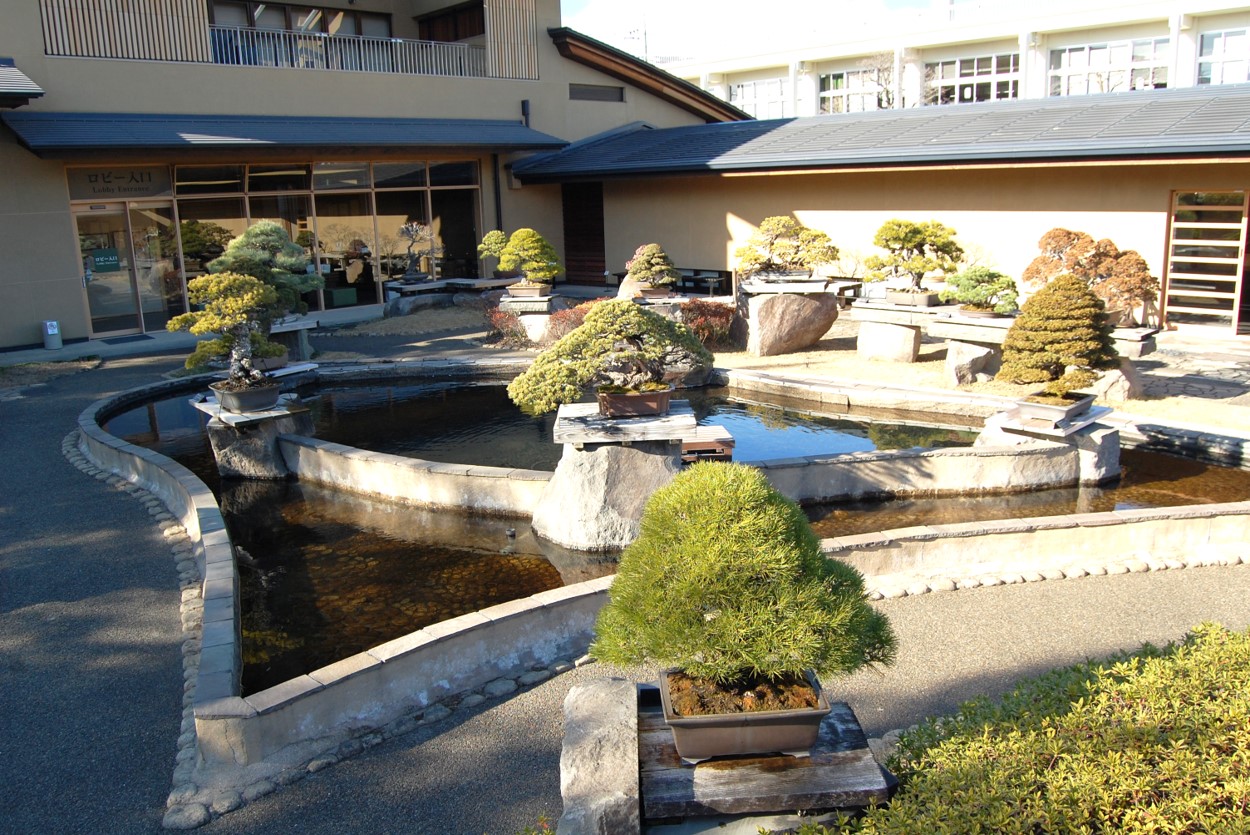
Take a step through the wooden gate and follow the narrow winding path bordered by tiny forests and trees in elaborate and modest pots of various sizes and let your imagination whisk you away to a world full of wilderness.
Welcome to the world of Bonsai. A world where you can design and create your own ideal masterpiece of nature.
For hundreds of years people have been practicing the Art of Bonsai; allowing their creative energy to display itself through the shaping of trees.
If you’ve ever wanted to try your hand at growing a Bonsai or if you’d like to advance your technique, we have the perfect day trip out of Tokyo for you.
Just north of Tokyo, in Saitama City, you’ll find Omiya Bonsai Village, a small town that was established in 1925 by Bonsai enthusiasts.
At its peak the village boasted over 30 Bonsai gardens though only 6 remain at present.
You can get to Omiya Bonsai Village (Toro Station) by train on the JR Utsunomiya, Shonan-Shinjuku, or Ueno-Tokyo lines from Shinjuku Station (about 30 mins) and Tokyo Station (about 40 mins).
Please note that only local trains stop at Toro Station.
Once you arrive at Toro Station take the East exit towards the village gardens.
If you’re feeling a bit peckish stop off at the Bonsai Restaurant Omiya (closed Thursdays) to put you in the perfect mood to start off your Bonsai Experience.
The ground floor consists of a restaurant and shop filled with everything you could want to help you grow your own Bonsai (tools, pots, soil, etc.).
The restaurant has a set Bonsai Special menu where you can enjoy a taste of Japan with a Bonsai flare. Each dish is arranged with an accent to connect back to nature.
After lunch head across the road to the Omiya Bonsai Art Museum, the world’s first public Bonsai art museum (closed Thursdays) where you can meet with your Bonsai Experience guide (please make arrangements in advance).
At the museum you can learn more about the history of Bonsai from the many panels displayed in both Japanese and English.
If you arrange to have a guide, they will teach you the best ways to view Bonsai (each tree has a front and back), Bonsai terminology such as “Jin” meaning the bare-stripped part of the branch, and “Shari” meaning the part of the branch without bark, as well as answer any questions you might have as you go about the day.
Inside the museum gallery they have seasonal displays that are changed on a weekly basis so every time you visit feels like the first time.
At the end of the gallery you can get a sneak peak of a traditional Japanese room (three different styles) complete with appropriate Bonsai and calligraphy.
Perhaps you might equate Bonsai with a small pine tree in a modest pot but Bonsai can be trees of any variety (even deciduous) housed in plain to elaborate pots together with suiseki-stones, grasses, or mosses.
As you make your way around the museum’s outside Bonsai garden you’ll see various types of trees at different stages of growth.
If you visit in the spring or summer you might see some in flower or even bearing fruit, in the autumn there’ll be bright flashes of red and yellow leaves, while the winter allows you the best opportunity to view the intricate weaving patterns of the branches.
Once you’ve developed your foundation of the Bonsai and enjoyed a stroll through the garden you’re ready to head over to try your very own Bonsai experience.
Whether you’re a beginner or seasoned Bonsai lover you’ll find the perfect programme to help you build the skills you require.
If you are new to the world of Bonsai you might feel a bit of intimidation stepping into a garden filled with small trees on raised benches, but with an accomplished guide by your side to help you understand the basics as well as communicate with a Bonsai Master and answer your questions there’s nothing to fear.
First, you’ll learn a bit about the tools used to cut and shape the tree’s branches as well as planning the way you want your Bonsai to grow in the future.
Though you might hesitate at the thought of cutting the tree the wrong way you’ll leave with the confidence to enjoy your own Bonsai garden.
In the workshop you’ll get the opportunity to repot and trim the roots of the tree to keep it healthy and shape it to your liking.
After you’ve finished reshaping and stabilizing the tree in its new pot it’s time to learn how to water it and care for it throughout the seasons.
If you’ve had your own Bonsai for a while and feel confident in your skills but want to learn more advanced techniques, you’ll be able to tend the Bonsai garden together with an expert Bonsai Master and ask questions and get advice.
At the end of the workshop you’ll be given the option of taking home your very own Bonsai as a treasured memento of your trip to Japan or a set of souvenir tools and pot (recommended if you are travelling overseas).
Once you’ve learned how to correctly view Bonsai and some of the different techniques used to shape the trees feel free to visit the six remaining Bonsai gardens in the village.
Each garden has its own unique characteristic and some of the gardens contain pieces that are admired throughout the Bonsai community both in Japan and abroad. Let your senses take in the beauty of the seasons as you relax in the wonders of nature.
Whether you’re an avid Bonsai lover, dedicated gardener, artistic admirer, or just looking for a unique day out in Japan you’re sure to find a magnificent adventure awaiting you at Omiya Bonsai Village.
If you find yourself with extra time or plan to stay longer than one day take a walk around Omiya Park and visit the small zoo and amusement area which is perfect for families or visit Hikawa Shrine or the Saitama Prefectural Museum of History and Folklore.
For more information, please visit the following websites:
https://en.chocotabi-saitama.com/features/bonsai
Omiya Bonsai Art Museum
https://www.bonsai-art-museum.jp/en/
Bonsai Restaurant Omiya
https://www.bonsairestaurant.jp/en/
Omiya Bonsai Village (Japanese language)
https://omiyabonsaimura.com/



